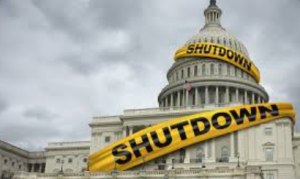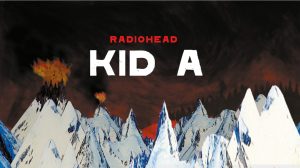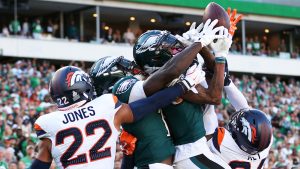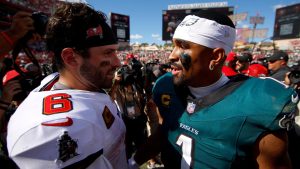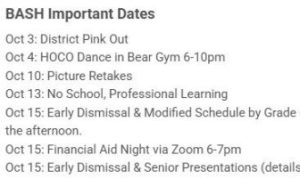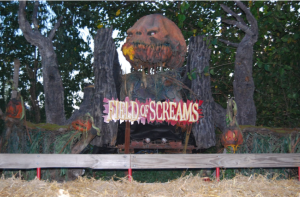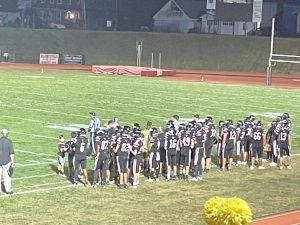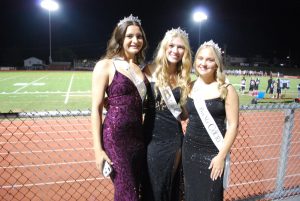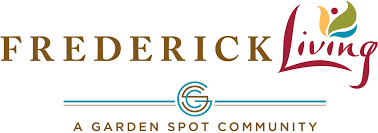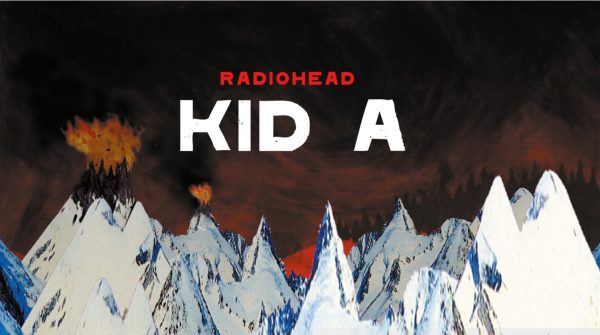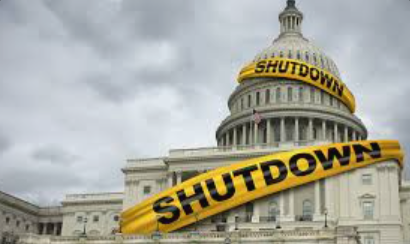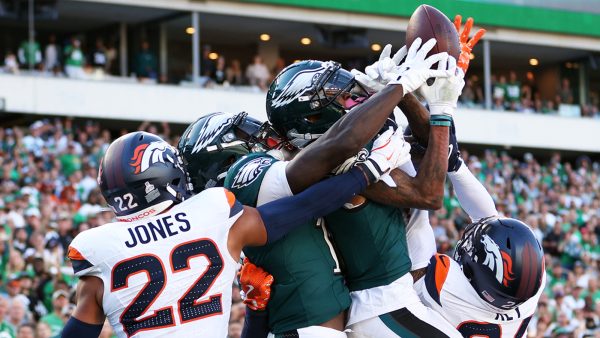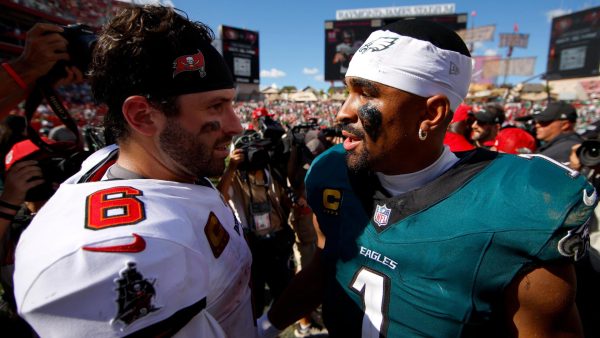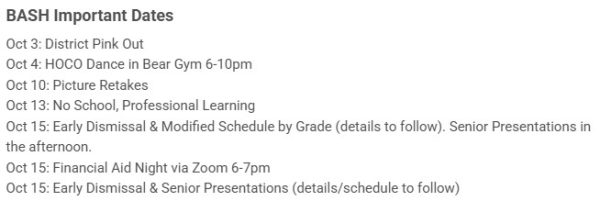A raspberry is not a berry – But a banana Is
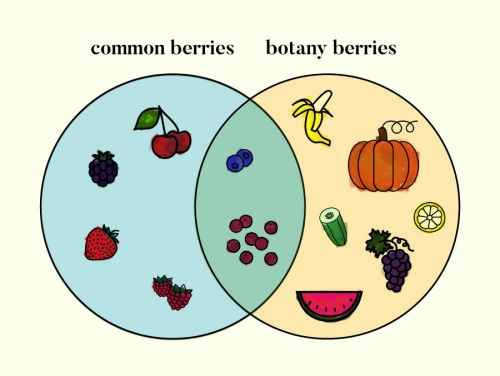
This Venn Diagram shows what fruits we believe are berries, and what fruit are true botanical berries… crazy, isn’t it?
Yep, you read that title right. It is a scientific fact that fruits like strawberries, raspberries, and blackberries, are not true berries, but pumpkins, bananas, and cucumbers are. This is no “fruitless” attempt to trick you – botanists agree with this surprising and absurd fact.
According to Merriam Webster, the one of the definitions of a berry is as follows:
berry
Even the dictionary has it wrong. So, what exactly makes a berry, well, a berry?
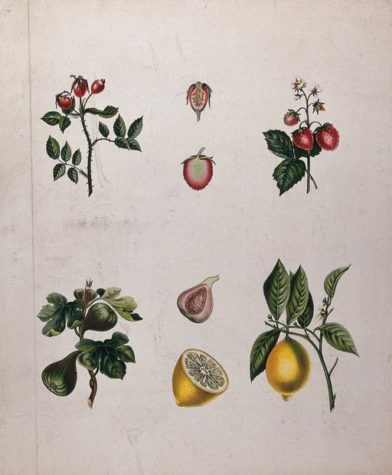
For starters, a berry’s pericarp has three layers. The pericarp is essentially all the “stuff” that makes up the fruit – and they can vary immensely from fruit to fruit. The three layers of the pericarp (as said by McGill University) are the exocarp, the mesocarp, and the endocarp.
The exocarp is the outermost layer of the fruit – aka the skin! Most of the time, we eat this part of the fruit (like in apples or grapes), but occasionally we peel it off (like in oranges and bananas).
The mesocarp is the middle layer of the fruit that we typically eat! The white stuff in an apple and the fleshy inside of a grape are both examples of this.
Lastly, the endocarp is the layer farthest towards the center of the fruit. It separates the mesocarp from the seed(s). In many cases, it’s simply a small membrane we don’t really see, as they are meant to be pretty thin.
Most fruits have these three layers of pericarp, though. So what else defines a berry? Live Science provides a couple more boxes that a berry needs to check in order to claim the label.
First of all, a berry needs to have two or more seeds. So, fruits such as cherries that contain a single seed aren’t considered berries.
A berry also needs to originate from a flower that has single ovary – and so strawberries and raspberries, whose flowers have more than one ovary, are not true botanical berries.
So, if a fruit checks all three of those boxes (keep in mind there are some exceptions), it IS a berry! Below are some fruits listed by The Kitchn and Huff Post that are indeed berries, no matter how strange it may seem.
- Bananas
- Avocado
- Pumpkin
- Tomato
- Watermelon
- Kiwi
- Eggplant
- Chili Pepper

This whole thing about ovaries and pericarps and a blackberry not being a berry (even though it’s in the name) is “berry” chaotic. If your favorite fruit isn’t a berry, then what type of fruit is it? Here are some possibilities from the John Burroughs Science Department.
- A hesperidium is a subtype of a berry (so technically, it still counts as one). It has a more leathery rind and different carpal sections. If you’ve even looked the the inside of an orange or lemon, you know what those sections look like. Citrus fruits like limes and grapefruits are good examples of hesperidiums!
- A pepo is another subtype of berry with a thick rind and a fleshy inside, like the ones you see on cantaloupe or squash.
- A dupe is fleshy fruit that contains a hard, stony pit. This is NOT a berry. They have a thick skin and a soft, fleshy tissue. Some examples include peaches, cherries, and nectarines.
- A pome is a fruit where the tough, thick, core that contains the seeds (which isn’t eaten in most cases) is surrounded by edible, fleshy tissue. Apples and pears are pomes!
- There are also some fruits that are multiple fruits, which are fruits that are made up of a cluster of different fruit bodies – the flowers’ ovaries get fused together and create a larger fruit like a pineapple. Each section of the pineapple was originally from an individual flower, and those flowers were essentially combined together to create the whole, big pineapple.
- Next are accessory fruits, in which the fruit is derived from another part of the plant (NOT the ovary). This is where the strawberry fits in!
- Finally, the raspberries and blackberries of the world are considered aggregate fruits, which are fruits formed by many ovaries. Every one of those little “subunits” on a raspberry was created from a different ovary.
Overall, botany is definitely an extremely weird concept with misleading names and guidelines that will make your head spin. I hope this didn’t make you rethink reality too much. Just remember to keep questioning things (like whether a raspberry is really a berry) – you never know what you may find out!
MaryAnn is a sophomore this year, and this is her second year writing for the CUB. She's always looking for an interesting or strange event to tell...
